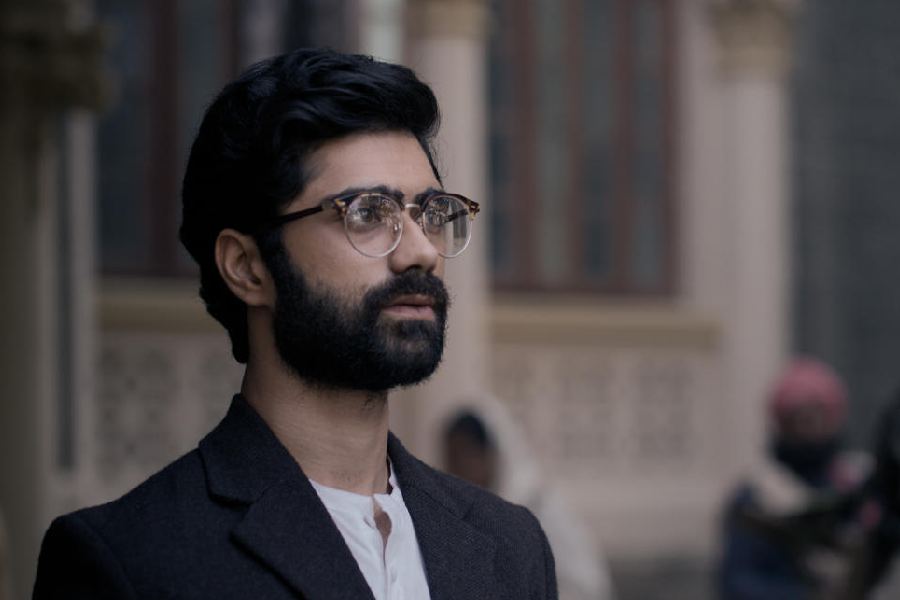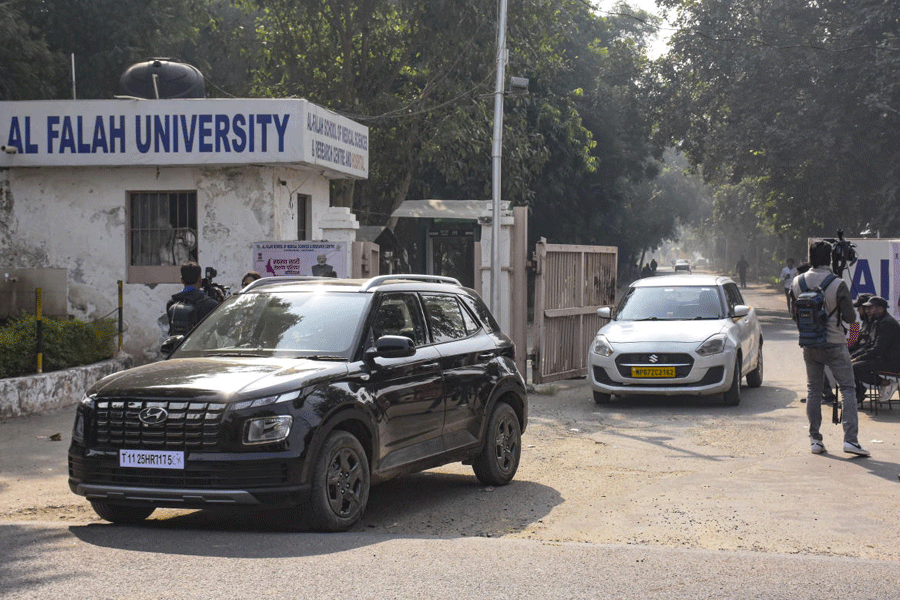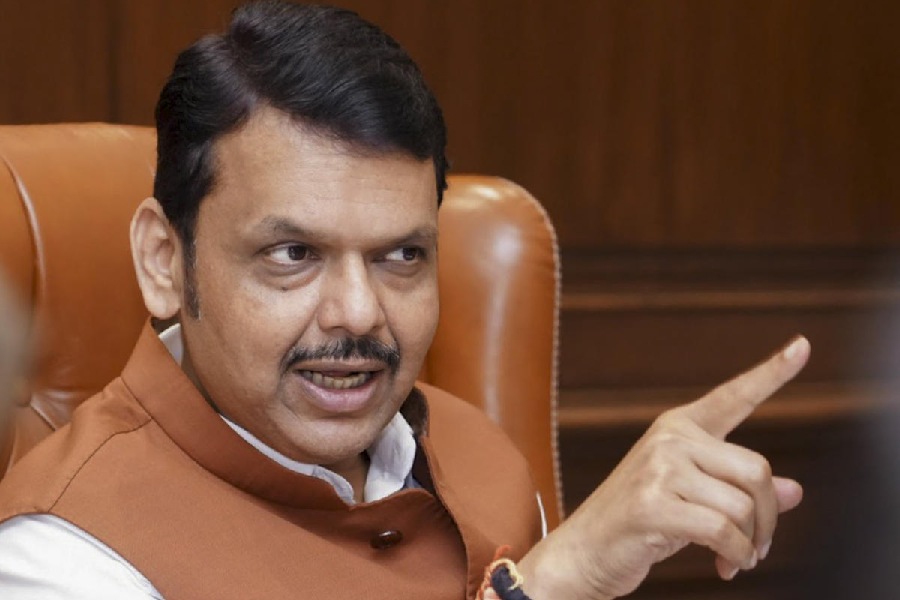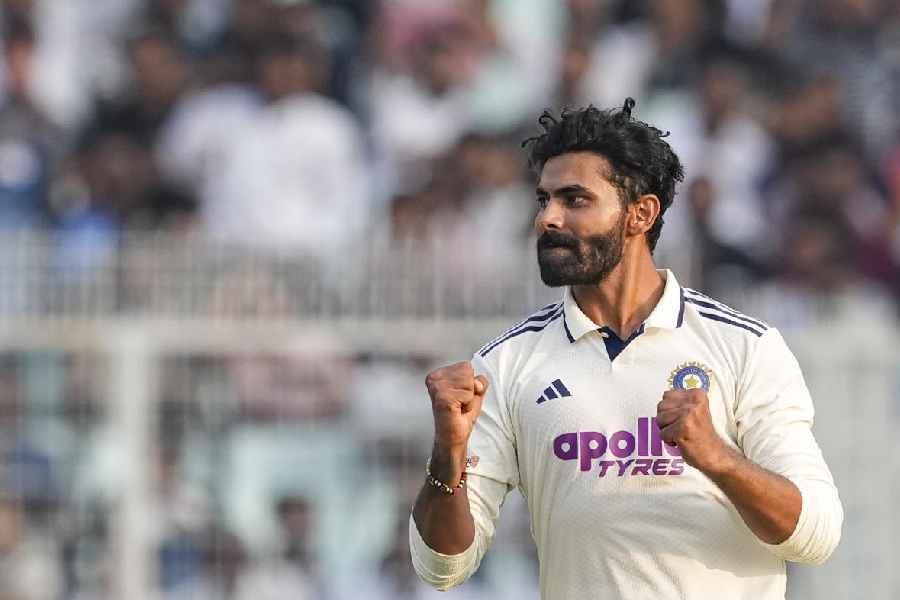The Waking of a Nation — an investigative drama of what led to the Jallianwala Bagh massacre of 1919 — in which scores of peaceful protestors were killed by British forces under the command of General Dyer — and the attempt in its aftermath to suppress the truth, arrives on SonyLIV on March 7. Directed by Ram Madhvani — the man with winners like Neerja and Aarya to his name — the hard-hitting show boasts a strong ensemble cast, led by Taaruk Raina. A t2 chat with Madhvani on his latest project.
What can you tell us about The Waking of a Nation?
We have seen the Jallianwala Bagh massacre being depicted on screen many times before, but no one has really focused on the conspiracy part of it. I want to reach out to the audience and say that The Waking of a Nation is very new. It says: ‘You know about the event, let us tell you what went into it, let us talk about the conspiracy and how it happened’.
The massacre was just not by Dyer (General Reginald Dyer who gave the order to shoot). There were other people in it too. Even the poster of The Waking of a Nation shows the hand of a master puppeteer. There was something beyond what one sees on the surface and we hope people get interested in that.
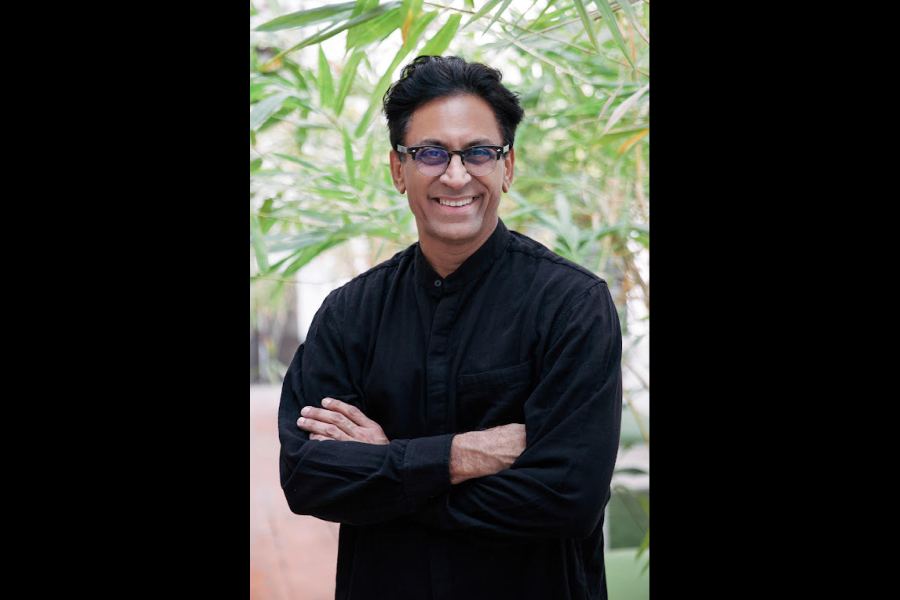
Director Ram Madhvani
What led to the idea?
It started from wanting to know how colonisation has affected us. That interests me. This is about colonisation, racism, prejudice.... The seed for the story dates back to many years ago when I was going to London with my mother. We were in economy class and my mother was sitting on the other side of the aisle. She told me to go and meet her after we took off. The kitchen galley was closed and I tried to walk across the front row. I asked the White man sitting there whether I could pass and he told me: ‘Sit down, you brown bastard!’ I couldn’t believe it! I was shaking! This show is my answer to things of this sort that all of us have perhaps felt at some point. Things like: ‘Why is it that the White man thinks he is superior? Why is there the White man’s burden?’ That was where this was born.
It is sad that something like this happens in this day and age...
We have all been humiliated or disrespected at some point in time. It is not a question of this time or that time.... This show talks about the humiliation the country went through in history... and that is really what is the awakening of the nation, the awakening of this one man who goes from thinking that he should wear a suit to him wearing a dhoti eventually.
How much of it is fact and how much fiction?
Reginald Dyer is, of course, based in reality. The Hunter Commission Report is a fact (the report that came out in 1920 found that the gathering was not a conspiracy to overthrow the British, but that General Dyer’s actions were unjustified). There are about 400 pages of the report on the Internet. In the report, what is not only shocking is what Dyer does but also what he says. He says he would have continued the massacre if his men hadn’t run out of bullets. But the four friends (led by Kantilal Shah, played by Taaruk Raina) who take on the responsibility of exposing the conspiracy, is fictional.
What was the source material for the parts that are rooted in history?
We have looked at the archives everywhere, whether it is London or Amritsar, Ludhiana or Bombay. We had a team of researchers on board. Everything that we have looked at is in the public domain.
Given how multilayered it is, what would you say the genre of the series is?
For me, it is a thriller. It is about the investigation of a crime. It also has many other things like the emotions of friendship, but eventually, it is about investigating the truth that led to the massacre and the cover-up that happened.
Taaruk Raina has largely played lighthearted roles so far. What made you pick him for such a serious, intense role?
We auditioned over 200 people. Taaruk’s audition was impressive and so was the fact that he is a singer too. In fact, he has sung all the songs in the show. He is an incredibly multi-talented actor.
What were the toughest bits to shoot?
Let me tell you a funny story. Every time we put General Dyer in a car, it would break down. When he came out of it, it would be absolutely fine, but put him inside, and it would break down again! (Laughs)
On a serious note, it was a difficult series to shoot, so much so that we had to use several cameras to shoot 300-400 people in an authentic, real way. We had four female DoPs (directors of photography) and hats off to the kind of work they have done and the gumption and strength they had. It was all handheld camera shooting and I anyway end up doing long takes in general.
Is there a depiction of the Jallianwala Bagh massacre on stage or screen that has impacted you immensely?
I thought of this idea five years ago, and since then I haven’t watched anything to do with it because I wanted to make my own and not get into any of the others. But I did see other works, which was The Battle of Algiers (1966), shot many years ago, and done in an authentic documentary manner. I did see Detroit (2017), made by Kathryn Bigelow. Those are the kind of movies that we used as reference points. It was about watching other things that had happened in other countries, but I didn’t specifically want to see anything from here because I didn’t want it to, in any view, influence us.
Now that you are done with the series, I would strongly recommend Shoojit Sircar’s Sardar Udham...
In fact, I spoke to Shoojit before starting on The Waking of a Nation. I also spoke to Ronnie (Lahiri, producer) and they were both very open and gracious about sharing information and insights.
A lot of historical shows and series are increasingly using the jingoistic sentiments of the present to colour the past. Things like ‘Yeh naya Bharat hain, yeh ghar mein ghus ke maarta hain’. What do you think of it and how does one not fall prey to it?
I am not an expert to talk about that. I can only talk about what the real concern of our show was and that it comes from a place where I was troubled about what had happened in the past. I have not done it in a melodramatic manner and have tried to portray it in as real a manner as what those conditions were. The show talks about duty and the price of duty and looks at it in different layers. When people see it, I hope they realise that this is something that was the condition of that time and this was the situation that people found themselves in. It is the story of the freedom struggle, the story of a horrible truth that was suppressed. That is something that we always wanted to treat with utmost respect and dignity.
And why did you want to name it The Waking of a Nation?
That is because if people like it, I want to do it as a series... of how India became India. If this works, then the next one I want to do is 1857 (The Sepoy Mutiny). There was a commission that was also there to investigate why 1857 happened. I want to look at different chapters in our history and see how is it that we eventually got to 1947.
Which watershed moment from India’s fight for Independence would you like to see more of on screen? Tell t2@abp.in

